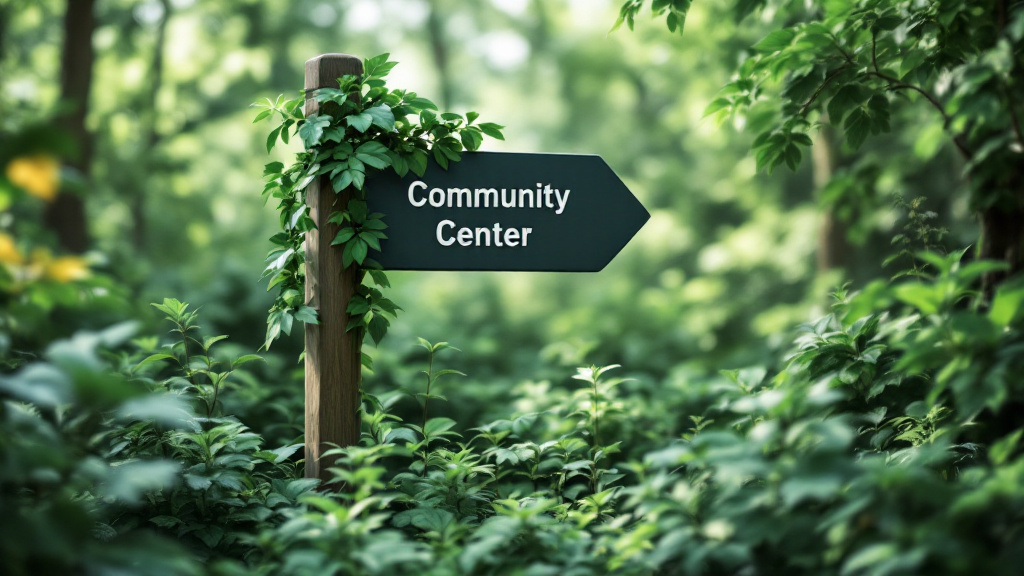Understanding Addiction Triggers
In the journey of addiction recovery, recognizing and managing personal triggers is crucial to avoid relapse. Triggers can come in various forms, including emotions, situations, or even people linked with past substance use. This article delves into the significance of identifying these triggers and provides actionable strategies to tackle them, helping individuals maintain their sobriety effectively.
Distinguishing Internal and External Triggers
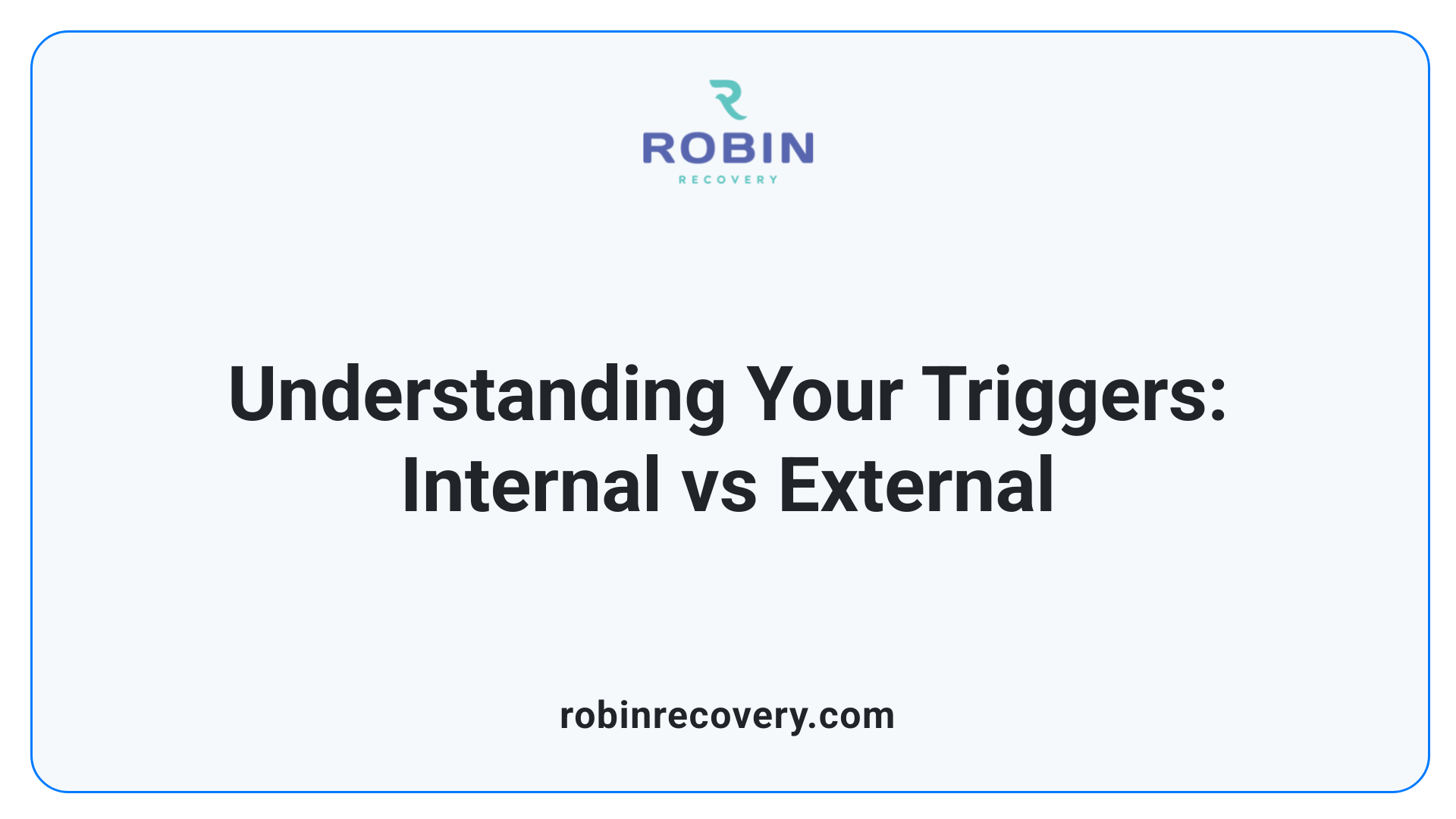
Different Types of Triggers
In the context of addiction recovery, triggers can generally be categorized as internal or external. Internal triggers originate from within, often related to thoughts and emotions. Common internal triggers include feelings of stress, anxiety, or depression. These emotional states can lead to cravings and may push individuals toward substance use as a coping mechanism.
On the other hand, external triggers are environmental factors or situations that provoke cravings. This can involve being in places associated with past substance use or encountering people who use substances. External triggers create cues that remind individuals of their previous addictive behaviors, making them a significant risk factor for relapse.
Understanding Internal vs External Triggers
Identifying the difference between internal and external triggers is crucial in the recovery process. Internal triggers are often harder to manage because they relate directly to emotional experiences.
Conversely, external triggers can be avoided more easily through proactive planning, such as steering clear of specific environments or individuals that evoke cravings.
Importance of Identifying Triggers
Understanding and identifying both types of triggers enhances recovery efforts. This awareness empowers individuals to develop effective coping mechanisms tailored to their unique experiences. By establishing a personalized relapse prevention plan, one can better navigate the complexities of recovery and manage both internal emotions and external situations that pose a risk to sobriety.
| Type of Trigger | Description | Management Strategies |
|---|---|---|
| Internal | Emotions and thoughts related to stress or trauma | Mindfulness, therapy, journaling |
| External | People, places, or situations linked to substance use | Avoidance, support networks, planning responses |
Common Triggers and Their Causes
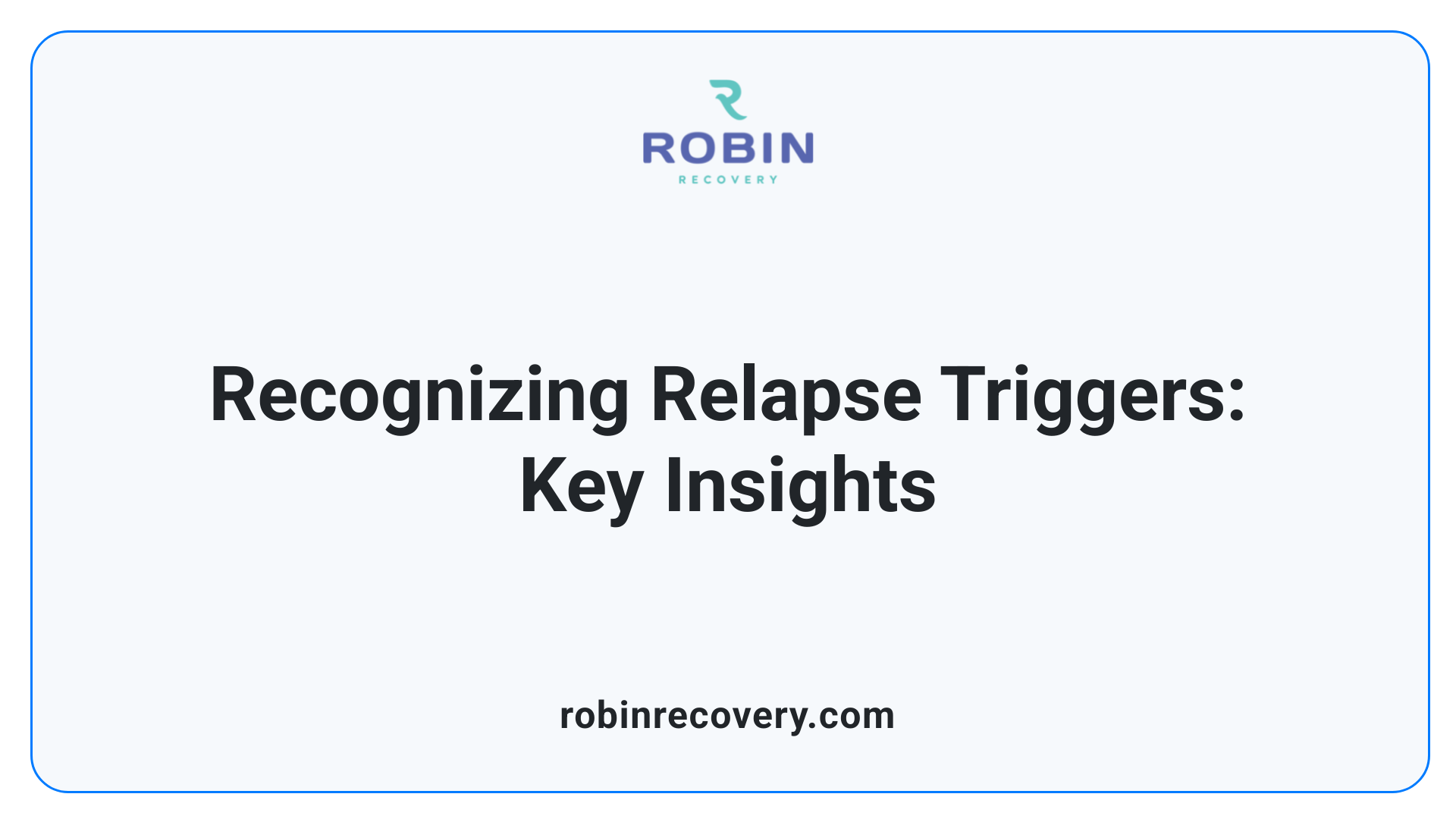
Common Triggers and Causes of Relapse
Identifying common triggers associated with relapse is vital for sustaining recovery. Here are frequently encountered triggers:
- Stress: Elevated stress levels can create overwhelming emotions that prompt individuals to seek relief through substance use.
- Negative emotions: Feelings such as anger, sadness, loneliness, and boredom play a crucial role in prompting cravings for substances. These can stem from daily challenges or social isolation.
- Environmental cues: Certain places, situations, or people linked to past substance use can trigger cravings. For instance, being in bars, social gatherings, or neighborhoods where one previously used can make staying sober more difficult.
How Do Emotions Connect to Triggers?
A helpful acronym for recognizing emotional triggers is HALT (Hungry, Angry, Lonely, Tired). Each of these states can lead to increased vulnerability:
- Hungry: Physical hunger can exacerbate mood swings and cravings.
- Angry: Unmanaged anger can lead to self-destructive behaviors.
- Lonely: Feelings of isolation often drive individuals to associate with past substance use habits.
- Tired: Fatigue can impair judgment and weaken resolve to resist cravings.
Environmental Triggers and Their Influence
Environmental triggers are significant in relapse prevention; they include:
- Familiar places: Locations tied to previous substance use can evoke strong memories and cravings.
- Social situations: Events involving substances can induce strong urges to use again. For instance, holiday parties may inadvertently become relapse risks.
By recognizing these triggers and their underlying causes, individuals can better develop strategies to manage cravings and avoid relapse.
Self-Awareness and Mindfulness Practices
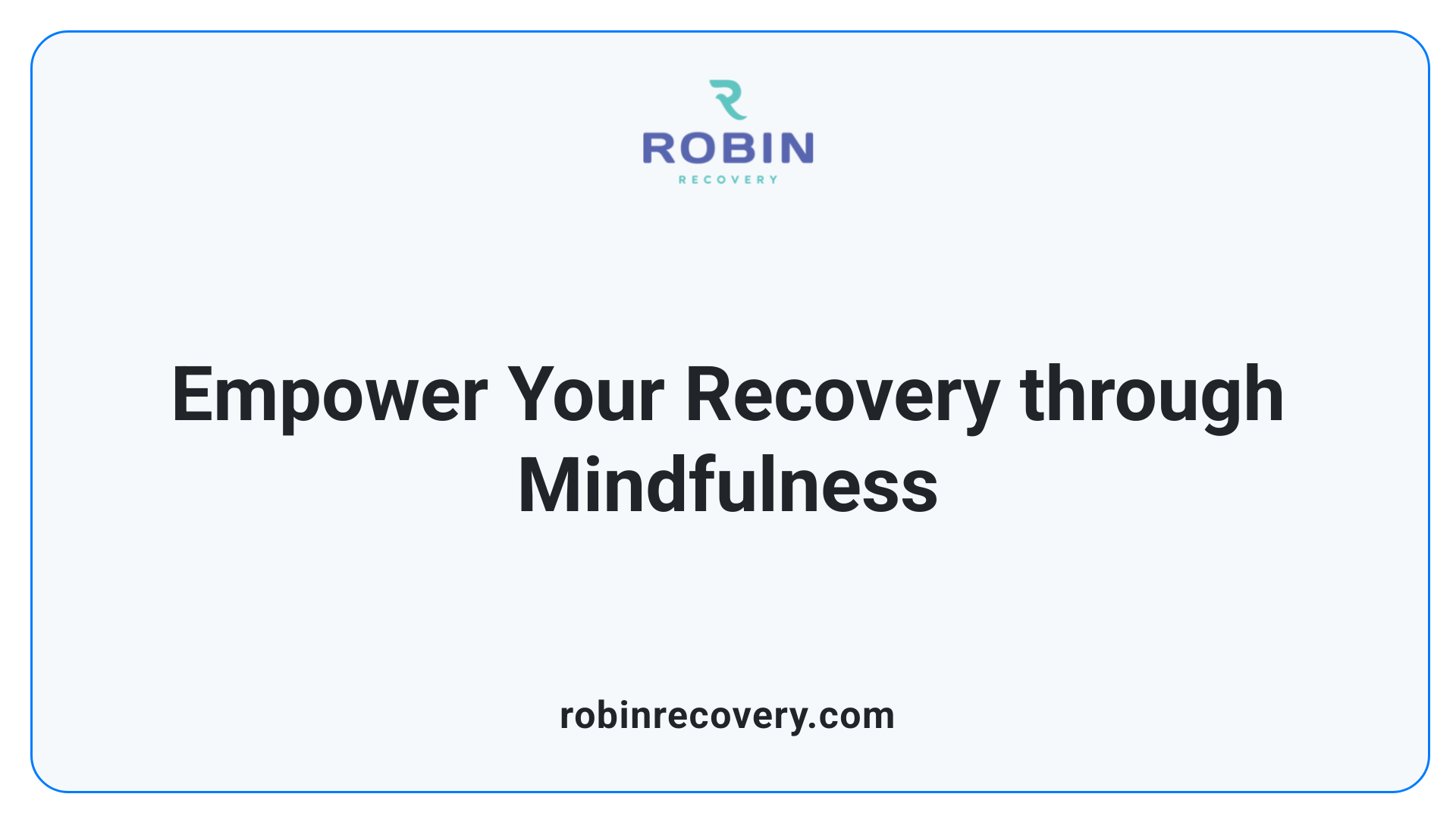
Mindfulness as a tool
Practicing mindfulness is an effective approach to enhance self-awareness and combat triggers. By being present in the moment and observing thoughts and feelings without judgment, individuals can identify the sensations and emotions that lead to cravings. This practice enables better management of impulses and reactions to stressors, improving resilience against potential relapse triggers.
Keeping a Trigger Journal
Maintaining a trigger journal can be a transformative strategy for those in recovery. This journal allows individuals to document specific situations, feelings, or interactions that trigger cravings for substances. By reflecting on these entries, one can recognize patterns in their emotional responses and environments. This insight facilitates the development of personalized strategies to navigate high-risk situations, hence enhancing overall recovery efforts.
Practicing HALT Awareness
Engaging with the HALT acronym (Hungry, Angry, Lonely, Tired) is crucial in monitoring emotional states that may lead to relapse. By regularly checking in on these basic needs, individuals can identify when they might be vulnerable to triggers. For example, ensuring proper nutrition and rest can significantly decrease stress and emotional distress, reducing the likelihood of relapse. Incorporating HALT awareness into daily routines empowers individuals to take proactive steps toward maintaining their recovery.
Creating a Personalized Relapse Prevention Plan
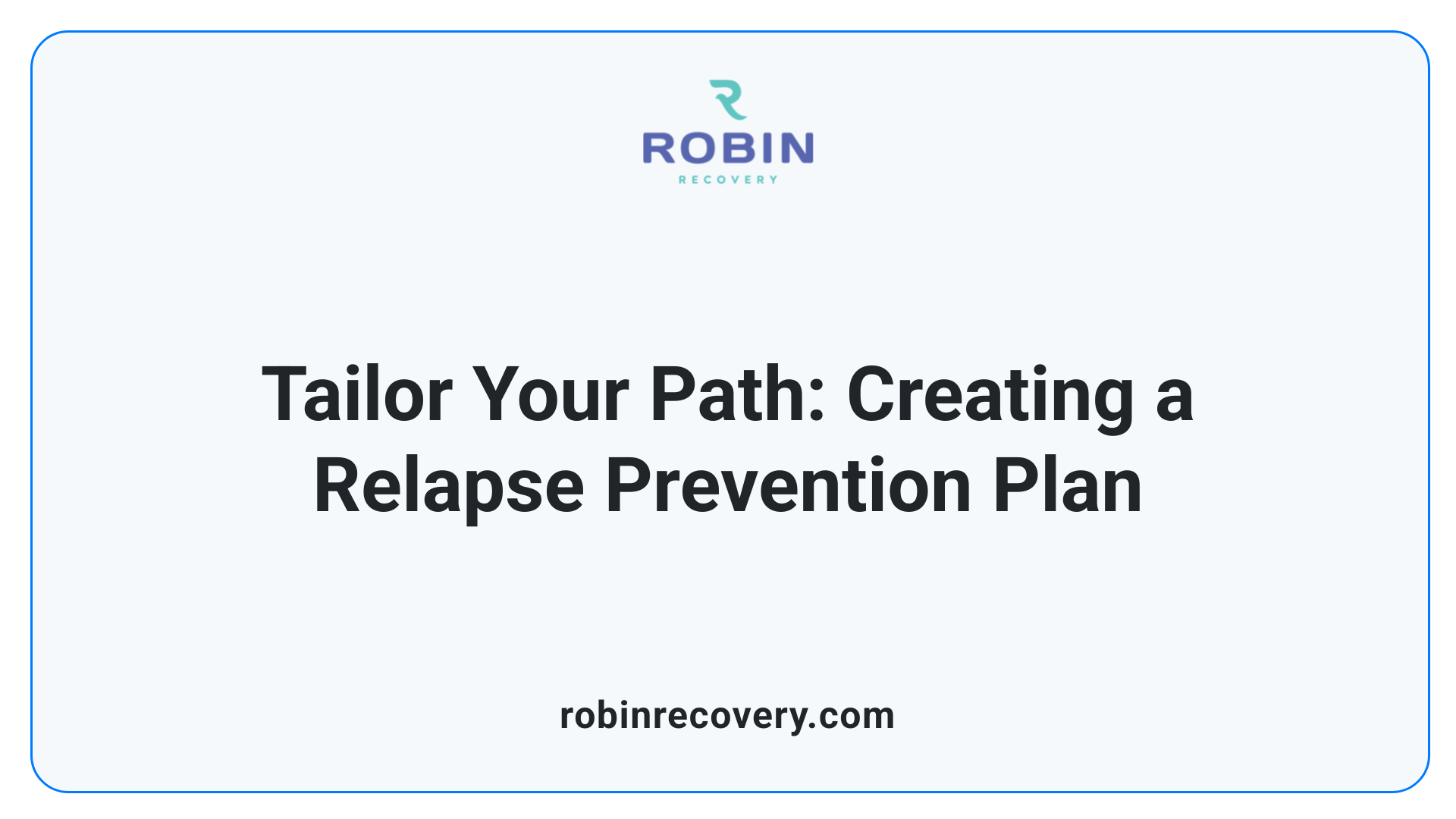
Importance of a tailored relapse plan
Creating a personalized relapse prevention plan is crucial for individuals in recovery. This plan helps identify unique triggers—both internal (like stress or anxiety) and external (such as specific locations or people)—and outlines tailored strategies to cope with these challenges. Recognizing that triggers can lead to cravings and potentially to relapse, a well-structured plan serves as a proactive measure to help maintain sobriety.
Components of an effective prevention plan
An effective relapse prevention plan typically includes:
- Identification of Triggers: This involves recognizing personal cues that lead to cravings, such as emotional states or challenging environments.
- Coping Strategies: Developing techniques like mindfulness, journaling, and self-care helps manage stressful situations and reduce the likelihood of relapse. Employing strategies such as the H.A.L.T. rule (Hungry, Angry, Lonely, Tired) can encourage individuals to address their emotional needs proactively.
- Emergency Contacts: Having a list of supportive friends and family to reach out to in moments of temptation is invaluable.
- Support Systems: Engaging with support groups, such as Alcoholics Anonymous, provides community and accountability, promoting mutual encouragement.
Role of therapy and CBT
Therapy, specifically Cognitive Behavioral Therapy (CBT), plays a significant role in relapse prevention. CBT helps individuals understand and challenge negative thought patterns that could trigger relapse. By addressing these maladaptive beliefs and replacing them with healthier coping mechanisms, individuals are better equipped to navigate the complexities of recovery. With therapy and a personalized plan, individuals can significantly improve their chances of maintaining long-lasting sobriety.
Building a Support Network
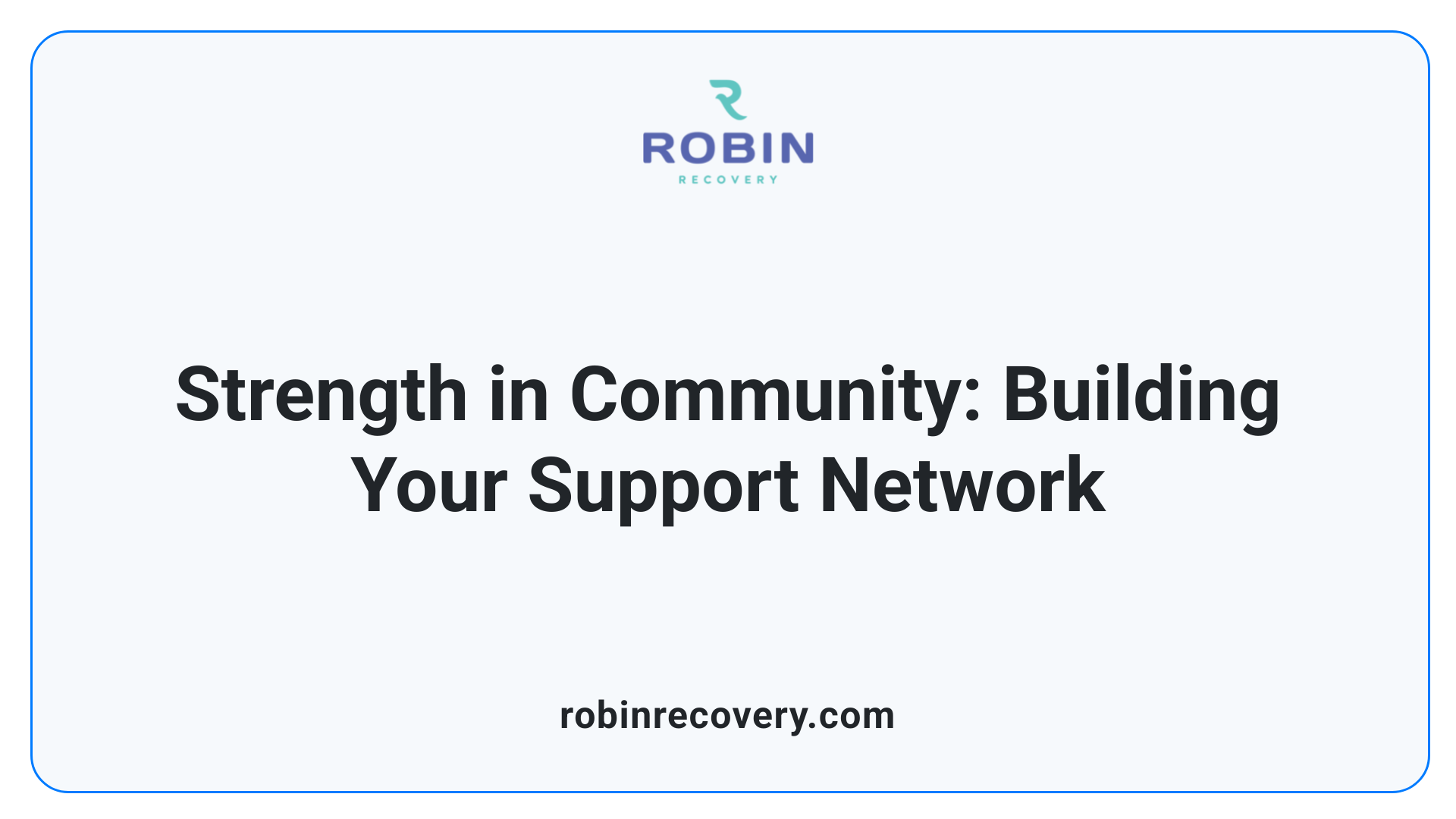
Importance of Peer Support Groups
Peer support groups such as Alcoholics Anonymous (AA) and Narcotics Anonymous (NA) play a crucial role in addiction recovery. These groups provide a community of understanding individuals who share similar struggles. Connecting with those who have experienced similar challenges can foster a sense of belonging, reduce feelings of isolation, and enhance motivation to maintain sobriety.
Role of Family and Friends
Support from loved ones is equally vital. Friends and family can create an encouraging environment, helping individuals discuss feelings and challenges openly. Moreover, they can remind recovering individuals about their motivations to stay sober, which is often a pivotal factor in preventing relapse. Maintaining these connections helps combat loneliness and serves as a buffer against stress.
Utilizing SAMHSA's Resources
SAMHSA’s National Helpline offers an accessible resource for individuals seeking support. It provides treatment referrals and local service information. This helpline is essential in helping individuals identify triggers and connect with community support groups, enhancing their recovery journey. As trained information specialists guide callers, those in need can find services tailored to their specific situations without the pressure of health insurance requirements.
Cognitive and Behavioral Techniques
Overcoming negative thoughts
Negative thoughts can significantly impact recovery from substance use disorders. Individuals often grapple with self-doubt, guilt, and pessimistic beliefs about their ability to stay sober. Overcoming these thoughts involves recognizing them and challenging their validity. Techniques like journaling or cognitive reframing can help individuals shift their focus from self-criticism to more empowering perspectives.
Using CBT in recovery
Cognitive Behavioral Therapy (CBT) is particularly effective in addiction recovery. It focuses on identifying and modifying harmful thought patterns that contribute to substance use. CBT equips individuals with practical skills to cope with triggers and cravings by addressing underlying cognitive distortions and enhancing problem-solving abilities.
Other therapeutic approaches
In addition to CBT, other therapeutic methods—such as Dialectical Behavior Therapy (DBT) and mindfulness practices—also aid recovery. DBT teaches emotional regulation and stress management, while mindfulness encourages present-moment awareness to counteract urges to relapse. Combining these techniques can offer holistic support in maintaining sobriety.
Coping Skills and Self-Care
Developing Coping Mechanisms
Coping mechanisms play a pivotal role in addiction recovery. Effective strategies often include mindfulness meditation, grounding techniques, and regular physical activity. For example, the 5-4-3-2-1 grounding method focuses on engaging one's senses to mitigate cravings by redirecting attention to the present moment. Exercise serves not only to improve physical health but also aids in managing stress and anxiety, two common triggers for relapse.
It's essential to create a plan that includes recognizing individual triggers and employing techniques such as deep breathing or journaling to cope with negative emotions like guilt or fear. Connecting with support networks, whether through friends, family, or support groups like Alcoholics Anonymous, can provide encouragement and foster resilience.
Importance of Self-Care
Prioritizing self-care is crucial in the recovery journey. Ensuring adequate sleep, maintaining a nutritious diet, and practicing stress management techniques are foundational to sustaining sobriety. Self-care helps individuals replenish their mental and physical energy, reducing susceptibility to cravings. The HALT acronym—Hungry, Angry, Lonely, Tired—serves as a quick reminder to manage these emotional states to prevent relapse.
Healthy Lifestyle Habits
Embracing healthy lifestyle habits contributes significantly to long-term recovery. Engaging in regular physical activity, eating a balanced diet, and fostering meaningful relationships can create a stable emotional foundation. Additionally, regular communication with mental health professionals reinforces personal development and addresses any ongoing challenges. By integrating these practices into daily life, individuals can effectively prepare for potential triggers and manage their recovery journey with confidence.
| Topic | Key Strategy | Purpose Compiled |
|---|---|---|
| Coping Mechanisms | Mindfulness techniques, grounding exercises | Redirects attention from cravings |
| Importance of Self-Care | Adequate sleep, nutritious diet | Reduces risk of emotional triggers |
| Healthy Lifestyle Habits | Regular exercise, strong social ties | Builds resilience against relapse |
Utilizing Community and Professional Resources
SAMHSA's National Helpline
SAMHSA’s National Helpline is a vital resource available 24/7 for those grappling with mental health and substance use disorders. It offers free and confidential treatment referrals to help individuals pinpoint their personal triggers and steer clear of relapse. Importantly, the helpline operates in both English and Spanish, widening its accessibility to various communities.
Accessibility of Community Support
The helpline connects individuals with local services geared towards coping with personal triggers. Since no health insurance is necessary, it can guide users to state-funded treatment programs or those on a sliding fee scale. This creates pathways to essential support that can empower recovery.
Professional Guidance
Engaging with trained specialists can significantly aid individuals in identifying their triggers. These professionals may not offer counseling but direct callers to resources that teach effective coping strategies. Connecting with support groups—like Alcoholics Anonymous—also fosters community engagement which enriches recovery by providing an environment filled with encouragement and shared experiences.
By harnessing resources such as SAMHSA's National Helpline and local support mechanisms, individuals on their recovery journey can build resilience against triggers and improve their chances of sustained sobriety.
Embracing Continuous Growth in Recovery
Identifying and managing personal triggers is a vital aspect of the recovery journey. By implementing effective strategies, strengthening support networks, and utilizing community resources, individuals can navigate the complexities of addiction recovery with greater ease. Remember, relapse is not a sign of failure but an opportunity for reflection and adjustment. With commitment and the right tools, maintaining sobriety becomes a path toward a healthier, fulfilling life.
References
- National Helpline for Mental Health, Drug, Alcohol Issues - SAMHSA
- Common Relapse Triggers and How to Avoid Them
- 7 Common Addiction Relapse Triggers and Warning Signs
- Coping With Triggers and Preventing Relapse - Addiction Center
- How To Identify Your Relapse Triggers - Serenity Grove
- 3 Ways to Cope with Relapse Triggers
- Identify Your Triggers to Avoid Relapse
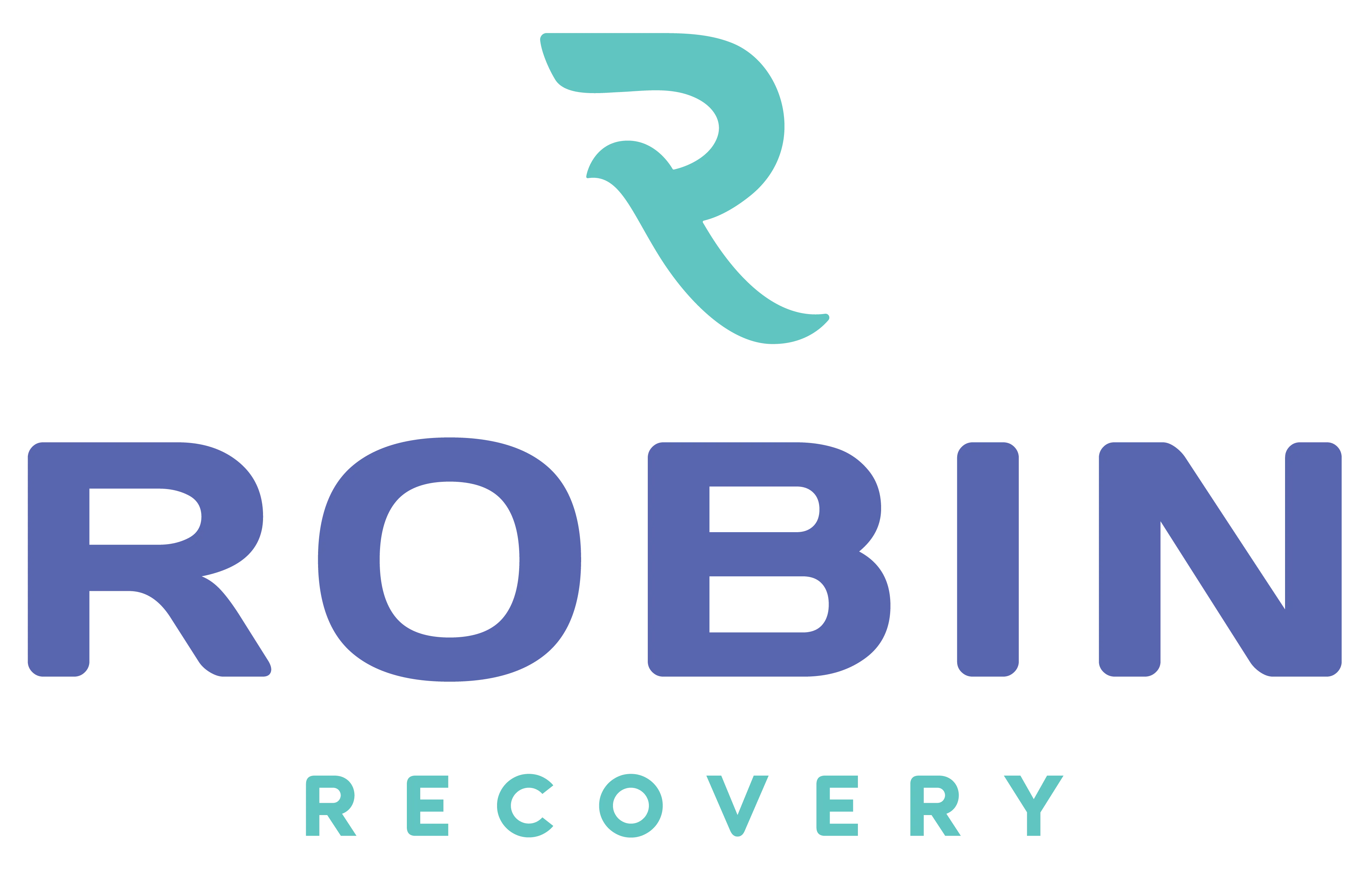
.svg)

.svg)

.svg)
.svg)




























































































